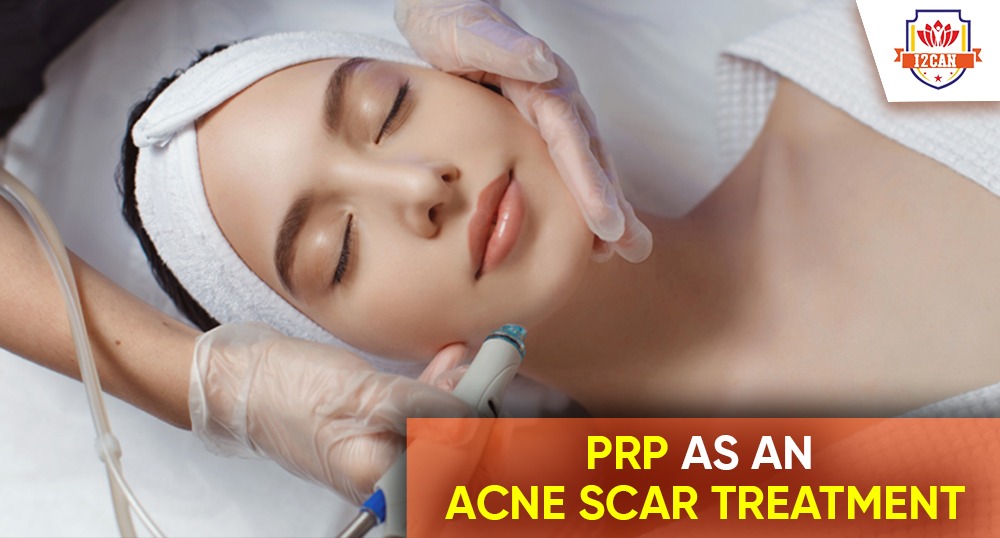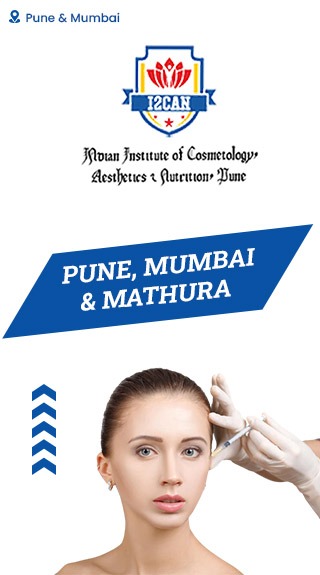The appearance of acne can be embarrassing and difficult to manage. In addition to the physical discomfort, acne can also leave long-lasting scarring behind, which can cause psychological distress and negatively impact self-confidence.
Fortunately, there are plenty of treatments available to help reduce or eliminate the appearance of acne scars. One of the latest and most effective treatments is platelet-rich plasma (PRP) treatment.
PRP is a type of regenerative therapy that involves taking a sample of the patient’s own blood, then separating the platelets from the red and white blood cells in a centrifuge. The platelets are then injected back into the patient’s skin to help promote healing and tissue regeneration.
This process helps to stimulate the production of collagen and elastin, which can help reduce the appearance of acne scars. PRP treatment is minimally invasive and can be done in a doctor’s office in a matter of minutes.
It is especially beneficial for those who have deeper, more severe acne scars that can’t be treated with other methods. Unlike other treatments, PRP doesn’t involve any foreign substances, so there is a lower risk of allergic reactions or other adverse side effects. It is also much less expensive than surgical treatments, such as dermabrasion and laser resurfacing. While PRP is an effective treatment for acne scarring, it is important to note that it doesn’t guarantee results.
It can take several treatments and several months before the effects are noticeable. Additionally, the results may not be permanent, so it’s important to maintain a healthy lifestyle and practice good skincare habits in order to keep the effects of PRP treatment for as long as possible.
Overall, PRP is an effective and safe treatment for acne scars. However, it’s important to consult with a dermatologist or cosmetic surgeon to discuss the best treatment options for your individual needs.


